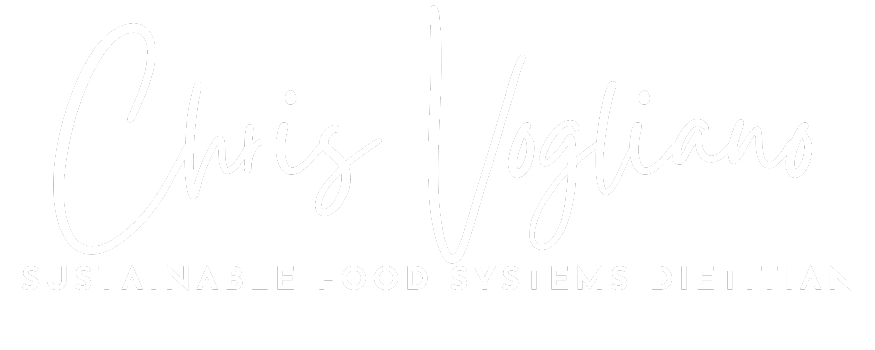8 WAYS TO REDUCE YOUR FOOD WASTE FOOD PRINT TODAY
Weighing in on Wasted Food
Americans live in an era of a reasonably affordable, abundant, and safe food supply. However because of this, nearly 40% of all food we produce in the United States never makes it into our stomachs. [i],[ii] Growing this much food that has the ultimate fate of the landfill is a significant source of economic and environmental issues.
Fast Facts
- The value of this wasted food in America alone is estimated to be $161 billion annually.[iii]
- Wasted food accounts for 6–10% of human-generated greenhouse gas emissions. [iv]
- Rotting food in landfills creates Methane gas – 25x more potent than CO2. [v]
- 1 in 7 Americans are struggling to put food on the table. [vi]
How do we make a difference?
The good news is that we can make small changes in our lives that dramatically decrease the amount of food wasted, and lessen our carbon footprint. The EPA Food Recovery Hierarchy (below) summarized the most beneficial solutions to least beneficial from top to bottom.
8 ways to reduce your food waste food print today!
- Shop the fridge, and make a list. This simple step can prevent us from buying too much of a food item that we may already have enough of.
- Eat leftovers – this one is important. It’s easy to turn leftovers into a brand-new dish with a few spices and additional ingredients. Leftovers do not have to be boring.
- Study your trash – Notice what you’re throwing out most often, and buy less of it in the first place.
- Shop for frozen fruits or veggies – these options last longer and ultimately help reduce food waste
- Enjoy food from smaller plates. This will help with portion control and ultimately help us consume the correct amount of food.
- Ask the waiter to ‘hold the bread or chips’ once you’ve had enough. This will help you avoid mindlessly eating what is in front of you.
- Understand what date labels actually mean. Over 90% of consumers throw out food too early, leading to massive food waste. Best buy, use by, sell by dates are all quality dates ,not safety dates. If stored properly, most foods can be safety consumed beyond these dates. Check out the website http://www.stilltasty.com/
- Properly store your food. Some veggies belong in the fridge, while others do not. Check out the Produce for Better Health Fruit and Veggie Storing Guide for more information.
Resources:
- Love Food Hate Waste - https://www.lovefoodhatewaste.com/
- Environmental Protection Agency. Food Recovery Challenge
- http://www.epa.gov/sustainable-management-food/food-too-good-waste-implementation-guide-and-toolkit
References
[i] Gustavsson, J., Cederberg, C., Sonesson, U., Van Otterdijk, R., & Meybeck, A. (2011). Global food losses and food waste. Food and Agriculture Organization of the United Nations, Rome
[ii] https://www.usda.gov/oce/foodwaste/faqs.htm
[iii] https://www.usda.gov/oce/foodwaste/faqs.htm
[iv] http://www.fao.org/food-loss-and-food-waste/en/
[v] https://www.epa.gov/sustainable-management-food/sustainable-management-food-basics#what
[vi] http://www.feedingamerica.org/hunger-in-america/impact-of-hunger/hunger-and-poverty/hunger-and-poverty-fact-sheet.html

